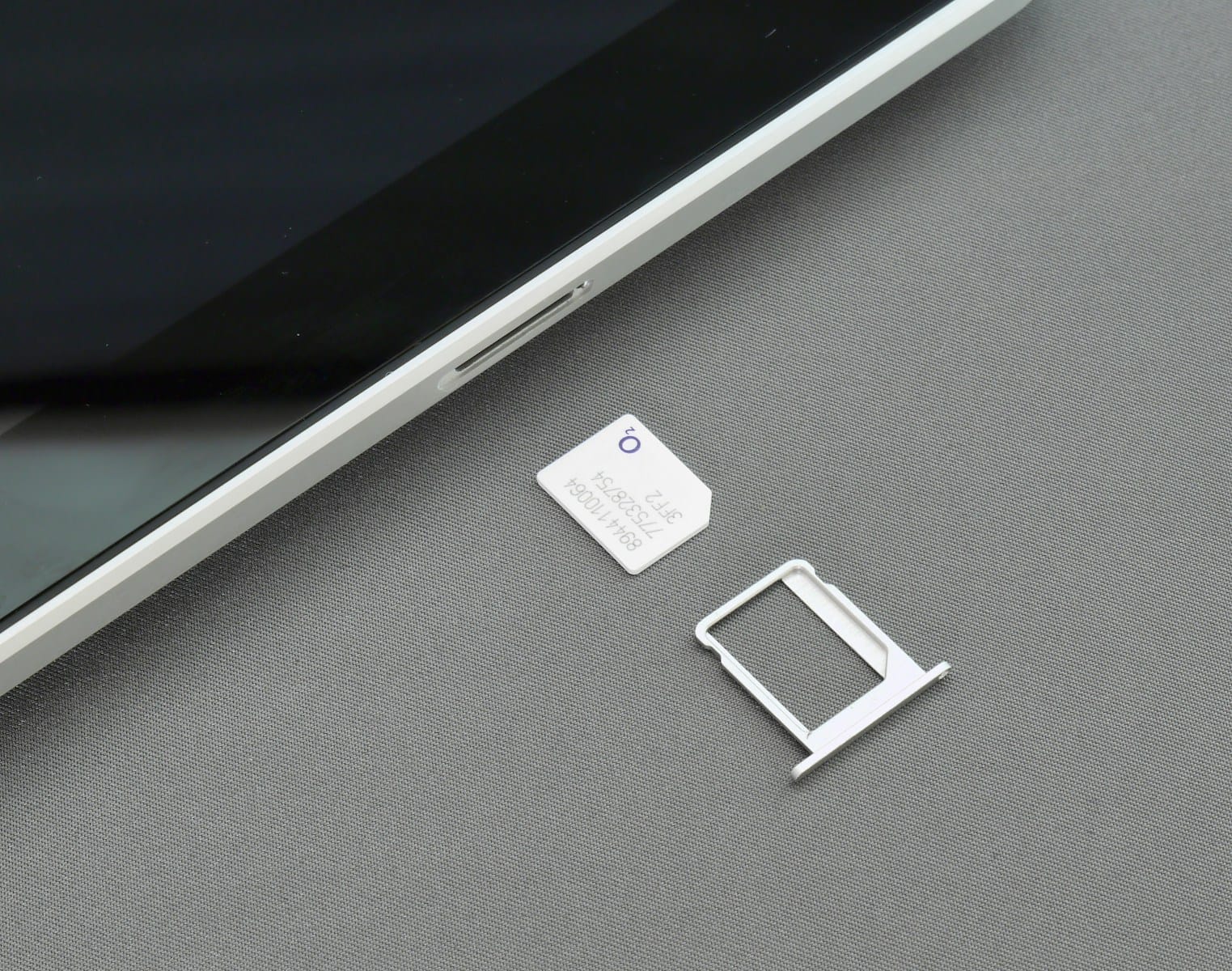The humble SIM card has come a long way—from the bulky plastic cards of the early 2000s to the invisible chips powering today’s smartphones. As our devices get smaller, smarter, and more connected, mobile carriers and manufacturers are moving away from traditional SIM cards toward embedded solutions like eSIM and now iSIM. But what exactly is the difference between eSIM and iSIM, and what do these changes mean for consumers and the future of mobile technology?
What Is eSIM?
eSIM, or embedded SIM, is a tiny chip built into your device that performs the same job as a traditional SIM card—connecting you to your carrier’s network. Instead of physically inserting a card, you download a digital SIM profile. eSIMs are already widely used in smartphones, tablets, laptops, and even wearables like the Apple Watch and Samsung Galaxy Watch.
Key Advantages of eSIM:
- No physical SIM needed – just scan a QR code or download a carrier profile
- Easier to switch carriers – no more waiting for SIM delivery or store visits
- Dual SIM capability – many phones let you run a physical SIM and an eSIM side-by-side
- More durable design – fewer moving parts, no SIM tray means less chance for failure
However, eSIMs still require a dedicated chip within the device—taking up space on already crowded logic boards.
Enter iSIM: Integrated SIM Technology
iSIM, or integrated SIM, takes things to the next level. Instead of using a separate chip, iSIM technology is built directly into the phone’s main processor (System on a Chip, or SoC). This deep integration not only reduces space requirements even further, but also improves security, lowers power consumption, and simplifies manufacturing.
Benefits of iSIM:
- Smaller footprint – no separate chip means more room for batteries or advanced components
- Improved power efficiency – iSIM consumes less energy than eSIM and physical SIMs
- Enhanced security – integrated hardware is harder to tamper with
- Ideal for IoT devices – tiny gadgets like smart sensors, wearables, and smart home hubs benefit from the ultra-compact design
- Scalability – manufacturers can produce more compact and affordable connected devices at scale
Qualcomm, ARM, and Thales have already demonstrated working iSIM solutions, and Samsung is reportedly planning to adopt iSIM in future Galaxy devices.
Side-by-Side Comparison
| Feature | Physical SIM | eSIM | iSIM |
|---|---|---|---|
| Form Factor | Removable card | Embedded chip | Integrated in main processor |
| Space Requirement | High | Medium | Very Low |
| User Flexibility | Swap manually | Switch profiles digitally | Switch profiles digitally |
| Security | Standard | Improved | Highest |
| Power Efficiency | Moderate | Good | Excellent |
| Device Compatibility | Phones only | Phones, tablets, wearables | Ideal for phones, IoT, wearables |
The Future of SIM Technology
We’re already seeing signs that iSIM could replace both eSIM and physical SIMs in the long term. ARM forecasts that iSIM shipments could surpass eSIM shipments within just a few years, especially as adoption spreads beyond smartphones into IoT ecosystems. This shift could have major implications for global connectivity, particularly in industries like logistics, automotive, smart cities, and healthcare where compact, low-power devices are critical.
Apple, Google, Samsung, and other major players are all actively exploring or integrating these next-gen SIM solutions. In fact, Apple’s move to eSIM-only in U.S. iPhone 14 models may have been a stepping stone toward iSIM integration in future iPhones.
Bottom Line
eSIM has already changed how we connect to mobile networks by eliminating the need for physical cards. But iSIM goes even further—embedding your digital identity into the brain of your device for maximum efficiency and security. For consumers, this could mean thinner phones with bigger batteries, easier carrier switching, and seamless connectivity across more devices than ever before.
If eSIM was the revolution, iSIM is the future—quietly becoming the new standard for everything connected.
Key Takeaways
- SIM cards are evolving from physical forms to embedded options like eSIM and iSIM.
- eSIM is soldered to a device’s circuit board, while iSIM is integrated into the device’s processor.
- Both technologies offer the flexibility of carrier independence and are pushing the boundaries of device design and functionality.
Comparative Analysis of iSIM and eSIM Technologies
The SIM card has evolved significantly, impacting design, security, and network relationships. Various technologies, including iSIM and eSIM, have developed to meet the needs of modern mobile devices.
Evolution of SIM Technology
SIM technology started with the physical SIM card, first as the Mini-SIM. It then got smaller with Micro and Nano SIMs. Each SIM saved a user’s identity and helped them connect to mobile networks. The eSIM, or Embedded SIM, changed the game. Unlike physical SIMs, an eSIM doesn’t require a tray. Qualcomm and other tech companies have supported this evolution. Now, Apple and Android developers are looking at iSIM, the newest kind of SIM, integrated directly onto a device’s motherboard.
Design and Integration
Physical SIM cards require a tray and space on a device’s motherboard. eSIMs are different. They are part of the motherboard and do not need a tray. This means smartphones can be thinner and have more room for other features. iSIM technology goes even further. It integrates SIM technology into the device’s secure processing unit, SOC. This creates more space for smartphone manufacturers like Apple and Android to use.
Advancements in Security
Security is crucial for SIM technologies. Physical SIMs could face tampering. Both eSIM and iSIM technologies offer better security. An eSIM makes a device’s SIM almost tamper-proof by embedding it into the device. The iSIM integrates the SIM into the secure processing unit of the SOC, making it even more secure. It helps authenticate devices on networks and follows strict security protocols.
Network and Carrier Relationships
SIM cards have always helped devices connect to mobile networks. Physical SIMs worked with specific carriers. This meant people needed different SIMs for different networks. eSIMs and iSIMs allow users to switch between carriers or mobile virtual network operators (MVNO) without changing the SIM card. With eSIM and iSIM technologies, network compatibility becomes simpler and more flexible for users.







